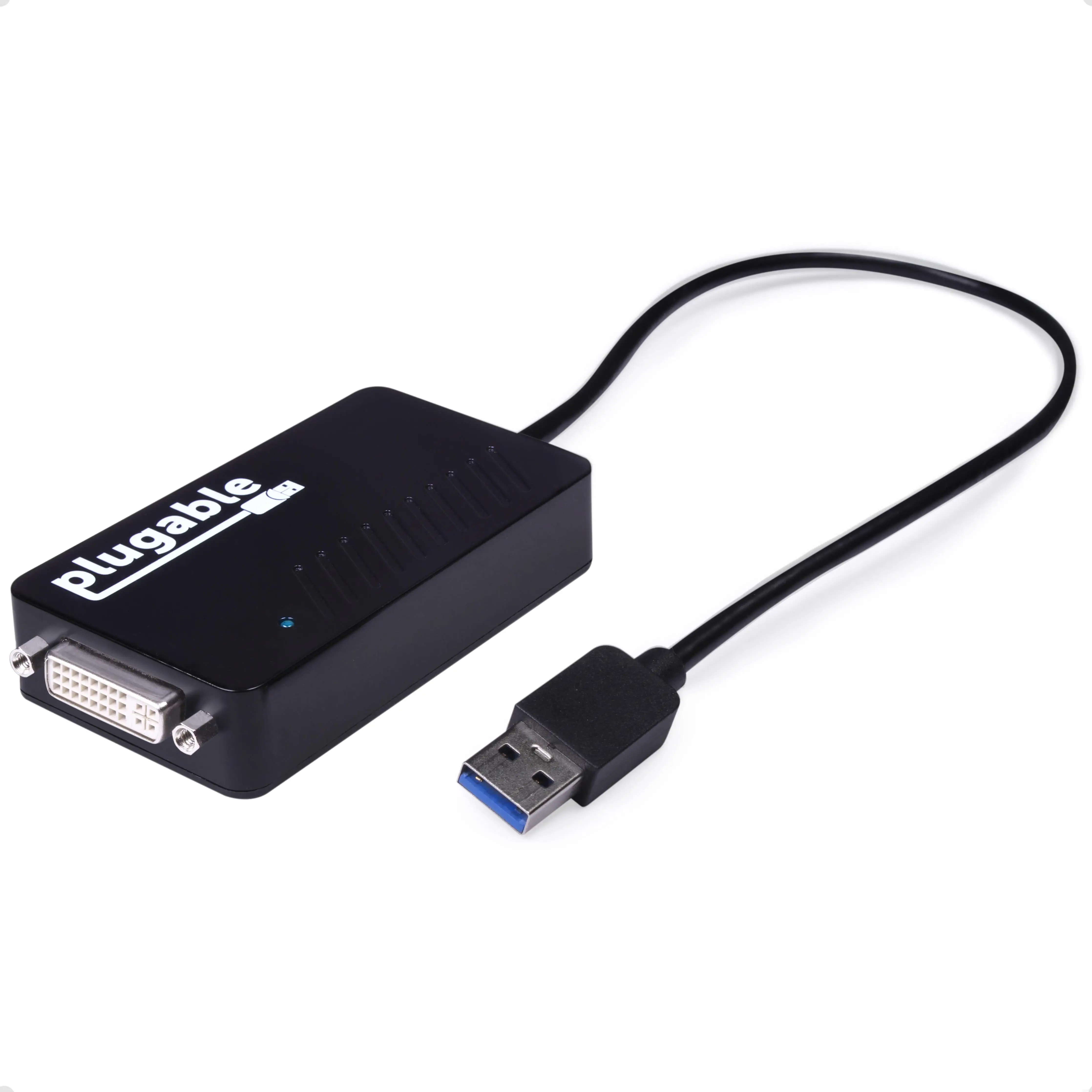How does a USB-C to USB 3.0 to DVI adapter work?


USB-C to USB 3.0 to DVI adapter is a versatile device that allows you to connect your USB-C enabled device to a DVI monitor or projector. It provides a convenient solution for users who want to extend their display or connect to a larger screen. In this article, we will explore how a USB-C to USB 3.0 to DVI adapter works and its various applications.
Understanding USB-C to USB 3.0 to DVI Adapter
A USB-C to USB 3.0 to DVI adapter is a small device that converts the USB-C signal from your device into a DVI signal. It acts as a bridge between your USB-C enabled device and the DVI monitor or projector. The adapter typically has a USB-C input, a USB 3.0 output, and a DVI output.
How Does It Work?
The USB-C to USB 3.0 to DVI adapter works by converting the digital signal from your USB-C device into an analog signal that can be understood by the DVI monitor or projector. Here is a step-by-step breakdown of how it works:
1. USB-C Input: The adapter connects to the USB-C port on your device, such as a laptop or smartphone. The USB-C port is a versatile port that supports various functions, including data transfer, video output, and power delivery.
2. USB 3.0 Output: The adapter converts the USB-C signal into a USB 3.0 signal. USB 3.0 is a high-speed data transfer standard that allows for fast and reliable data transmission between devices. The USB 3.0 output of the adapter can be connected to a USB 3.0 port on your computer or laptop.
3. DVI Output: The adapter further converts the USB 3.0 signal into a DVI signal. DVI (Digital Visual Interface) is a video display interface that provides high-quality digital video output. The DVI output of the adapter can be connected to a DVI monitor or projector.
4. Display Extension: Once the adapter is connected, your USB-C enabled device can extend its display to the DVI monitor or projector. This allows you to have a larger workspace or enjoy multimedia content on a bigger screen.
Applications of USB-C to USB 3.0 to DVI Adapter
USB-C to USB 3.0 to DVI adapters have various applications and can be used in different scenarios. Here are some common use cases:
1. External Monitor: If your laptop or computer has a USB-C port but lacks a dedicated DVI output, you can use the adapter to connect to an external DVI monitor. This is particularly useful for users who require a dual-monitor setup or need a larger screen for productivity or gaming.
2. Projector Connection: Many projectors still use DVI as their primary input. If you need to connect your USB-C enabled device to a DVI projector, the adapter can serve as a bridge between the two devices. This is ideal for presentations, conferences, or movie nights.
3. USB-C Hub or Docking Station: Some USB-C to USB 3.0 to DVI adapters also come with additional ports, such as USB-A, HDMI, Ethernet, and SD card slots. These adapters can function as USB-C hubs or docking stations, allowing you to connect multiple peripherals and accessories to your device.
4. USB-C Converter: In addition to DVI, some USB-C to USB 3.0 to DVI adapters support other video output standards, such as HDMI or VGA. This makes them versatile converters that can adapt to different display devices and meet various connectivity needs.
5. USB-C Monitor Adapter: If you have a USB-C monitor that lacks other video input options, the adapter can enable you to connect your USB 3.0 or USB-C enabled device to the monitor. This allows you to utilize the full potential of your USB-C monitor without any compatibility issues.
Conclusion
In conclusion, a USB-C to USB 3.0 to DVI adapter is a handy device that enables you to connect your USB-C enabled device to a DVI monitor or projector. It works by converting the USB-C signal into a USB 3.0 signal and further converting it into a DVI signal. The adapter has various applications, including extending your display, connecting to a projector, acting as a USB-C hub or docking station, serving as a converter, and enabling compatibility with USB-C monitors. With its versatility and functionality, a USB-C to USB 3.0 to DVI adapter is a valuable tool for users who require flexible display connectivity options.
Recent Posts
How do I create an engaging and informative online quiz or assessment?
Creating an engaging and informative online quiz or assessment can be a powerful tool for… Read More
What are the most effective methods for managing and reducing work-related stress in the hospitality industry?
Work-related stress is a common issue in the hospitality industry, where employees often face long… Read More
How can I improve my assertiveness and communication skills in a leadership position?
In a leadership position, assertiveness and effective communication skills are crucial for success. Being able… Read More
What are the key elements of a successful employee recognition and rewards program?
Employee recognition and rewards programs play a crucial role in motivating and engaging employees, as… Read More
How do I effectively manage and respond to customer feedback and reviews?
Customer feedback and online reviews play a crucial role in shaping a company's reputation and… Read More
What are the best strategies for effective time management as a stay-at-home parent?
Effective time management is crucial for stay-at-home parents who juggle multiple responsibilities on a daily… Read More